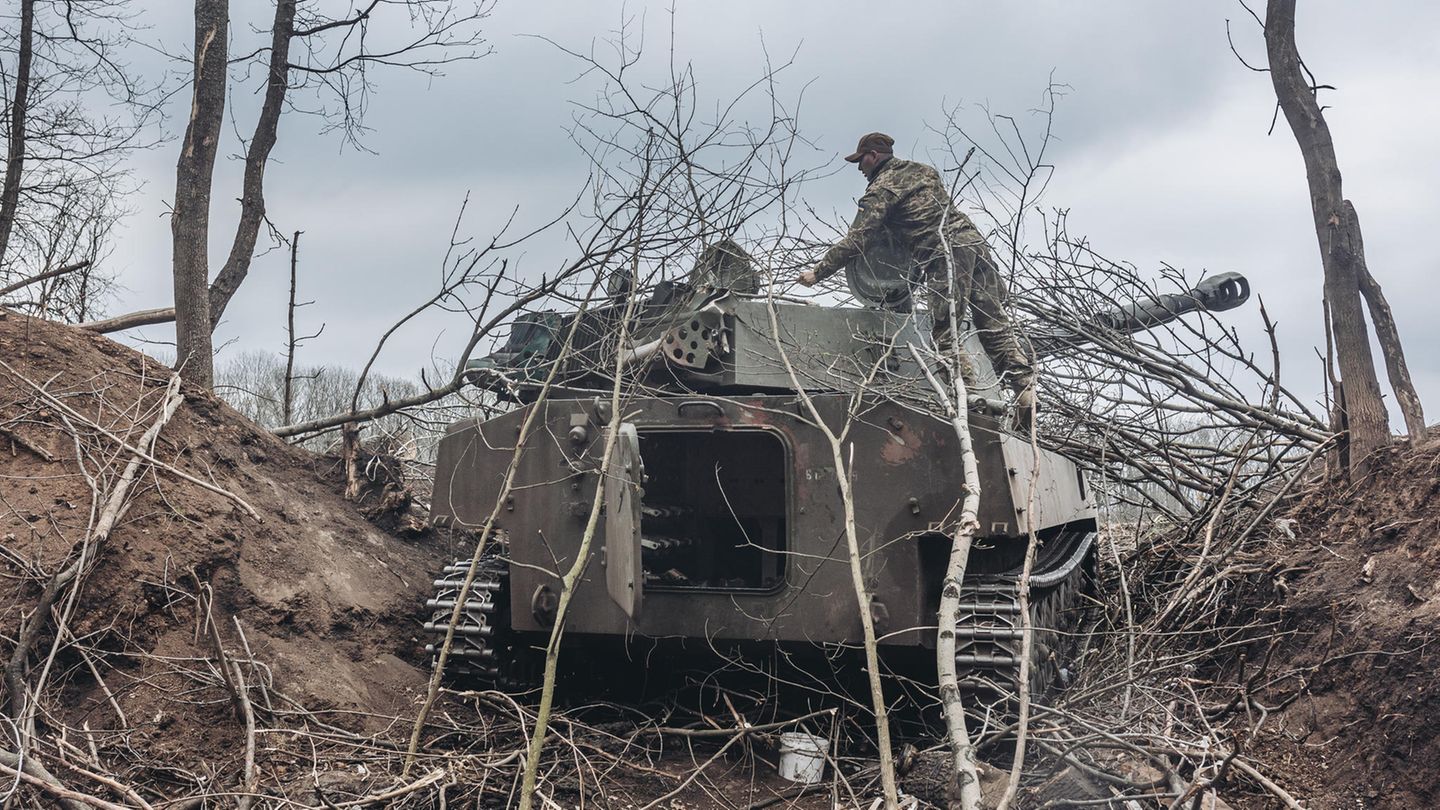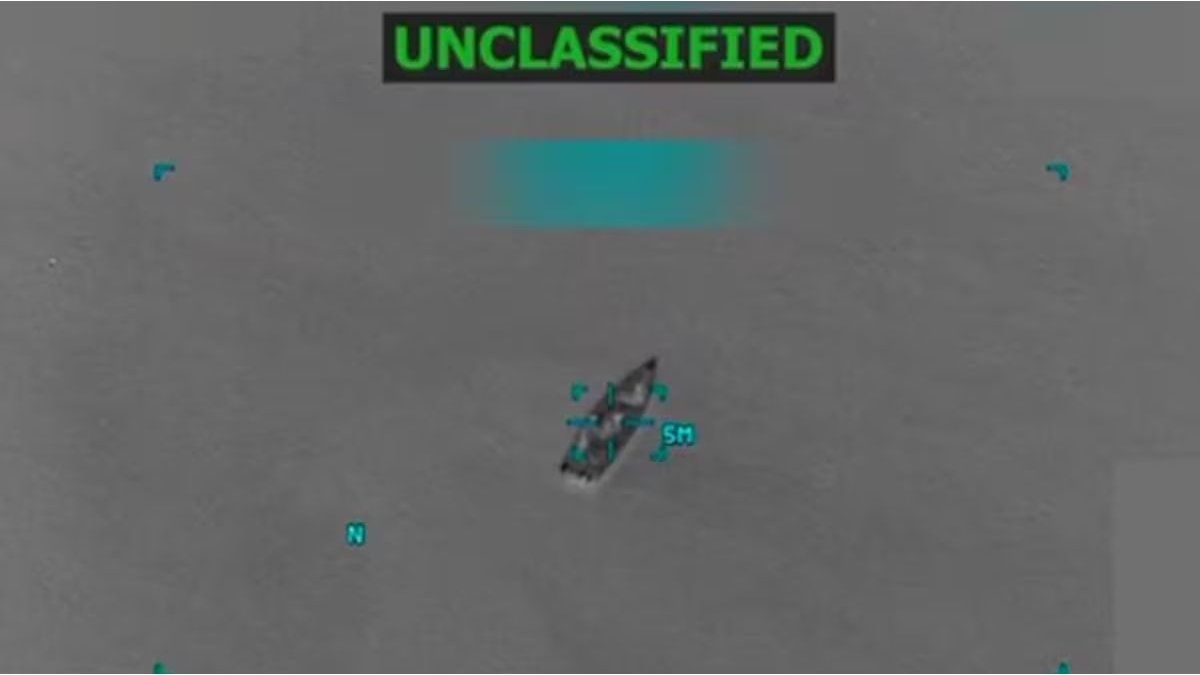Russian General Alexander Dvornikov has launched the expected Donbass operation in Ukraine. It began slowly and unspectacularly, and yet it will decide the war in Ukraine.
The long-awaited Donbass offensive has begun and almost nothing is happening. The Russian army is firing on all cylinders and has begun regional advances that Ukrainian troops have been able to repel in most cases. What does that mean? Little. The first attack, in February, was overly ambitious, based on false assumptions about the Ukrainians’ willingness to fight and the combat capability of the Russian army. The new Commander-in-Chief, General Alexander Dwornikov, does not make this mistake.
He brings his experiences from Syria with him. There, too, Moscow had to experience that it was not in a position to conduct several campaigns at the same time. Dwornikov drew the conclusion from this that he should only pursue one goal at a time.
The goal of the new offensive in Ukraine is much more limited than in February: the Donbass is to be conquered, the whole of Ukraine is not currently in question. So Russia will be able to deploy far more troops per kilometer of front line than before. The smaller distances and the safe hinterland of the Separatist areas should solve the supply problems. Due to the dense railway network, the supply can be shifted from truck to rail.
Slow and brutal
All the fights differ significantly from February. At that time, the Ukrainian armed forces offered little resistance in the area, they defended strong points around cities, thus hindering Russian supplies and starting a war of fighter squads from these regions. Commandos attacking the Russians in the rear and on the supply routes.
Ukraine cannot pursue this strategy in Donbass. Due to the short distances alone, Kyiv cannot give up any space. The Russians, on the other hand, will not advance “boldly” – even if they could – but work their way from settlement to settlement, combing and securing the conquered areas so as not to leave any Kiev commandos in the rear.
Militarily, it’s not about territory, even if the operation targets the cities of Severodonetsk, Sloviansk and Kramatorsk. Moscow has chosen the Donbass as the arena to wage a war of attrition there. The primary goal is not “liberation” but the destruction of Ukrainian forces in the region.
At present, Ukrainian troops are being attacked along the entire front line in Donbass. The aim is usually not to break through the Ukrainian position system. The shelling is intended to pin Ukrainian troops in their positions, wearing them down and tempting them to fire rockets and artillery shells. The planned breakthroughs in the north to Sloviansk and in the south to Avdiivka should primarily cut off the troops stationed at the front in Kiev. Instead of a deep cut, an orange should be peeled. The way there will be very slow – even if the Russians are to succeed in their offensive. Presumably, Moscow will try to form several mini-encircles to cut off and crush Ukraine’s approximately 40,000-strong Donbass army.
The small distances, the slow progress and the limitation to a few breakthroughs take into account the well-known shortcomings of the Russian army. The army was not capable of a deep operation, now the Russian bear is groping from one settlement to the next.
This phase of the struggle will decide the war far beyond the Donbass. If the Ukrainian forces can prevent the Russians from breaking through and hold their positions, it would be a great victory. If encirclement is avoided, Moscow will have no options on the ground. Should the Russian army not be able to carry out even such a limited operation successfully, Moscow will no longer be able to launch a ground offensive. In a next phase, the Ukrainian forces would turn offensive and push back the demoralized Russian troops. Then the liberation of the separatist areas and even of Crimea would be within reach.
Ukraine is threatened with a very long war
If Moscow succeeds in the Donbass operation, things would look bleak for Kyiv. In an encircling battle, Ukrainian casualties would far outweigh Russian casualties. To explain this with an example: Mariupol was defended by about three brigades. They have allowed themselves to be trapped in the city, thus tying down and wearing out Russian troops who would otherwise have pushed into the country. The price for this gain in time, however, is the loss of all the soldiers deployed in the city, along with their material. Twitter is flooded with images of shot down Russian tanks and trucks, but one should not forget how much material and soldiers Kyiv is losing.
On the larger scale of the Donbass offensive, this means that Kyiv could hardly bear the loss of 40,000 men. As in Mariupol, these are not volunteers and recruits, but trained soldiers in well-established units. Even if the West sends more military equipment to Ukraine, it will not send any troops to replace these men. If the Kremlin lets him, General Alexander Dvornikov will try to wage the battle slowly with as few casualties as possible. To do this, he needs an unlimited supply of ammunition, bombs and rockets – but only a few shallow advances.
If he succeeds, the morale of the Russian soldiers should improve significantly. The Donbass offensive is not Moscow’s new minor war aim. It would be – if it succeeds – an important stage victory, which should form the basis for further operations. The war wouldn’t be over with her. Upon completion, Alexander Dvornikov would move on to the next limited target — say, Odessa. The war would go on for months if not years. Lackluster, but systematic with brutal destruction.
Source: Stern
David William is a talented author who has made a name for himself in the world of writing. He is a professional author who writes on a wide range of topics, from general interest to opinion news. David is currently working as a writer at 24 hours worlds where he brings his unique perspective and in-depth research to his articles, making them both informative and engaging.




